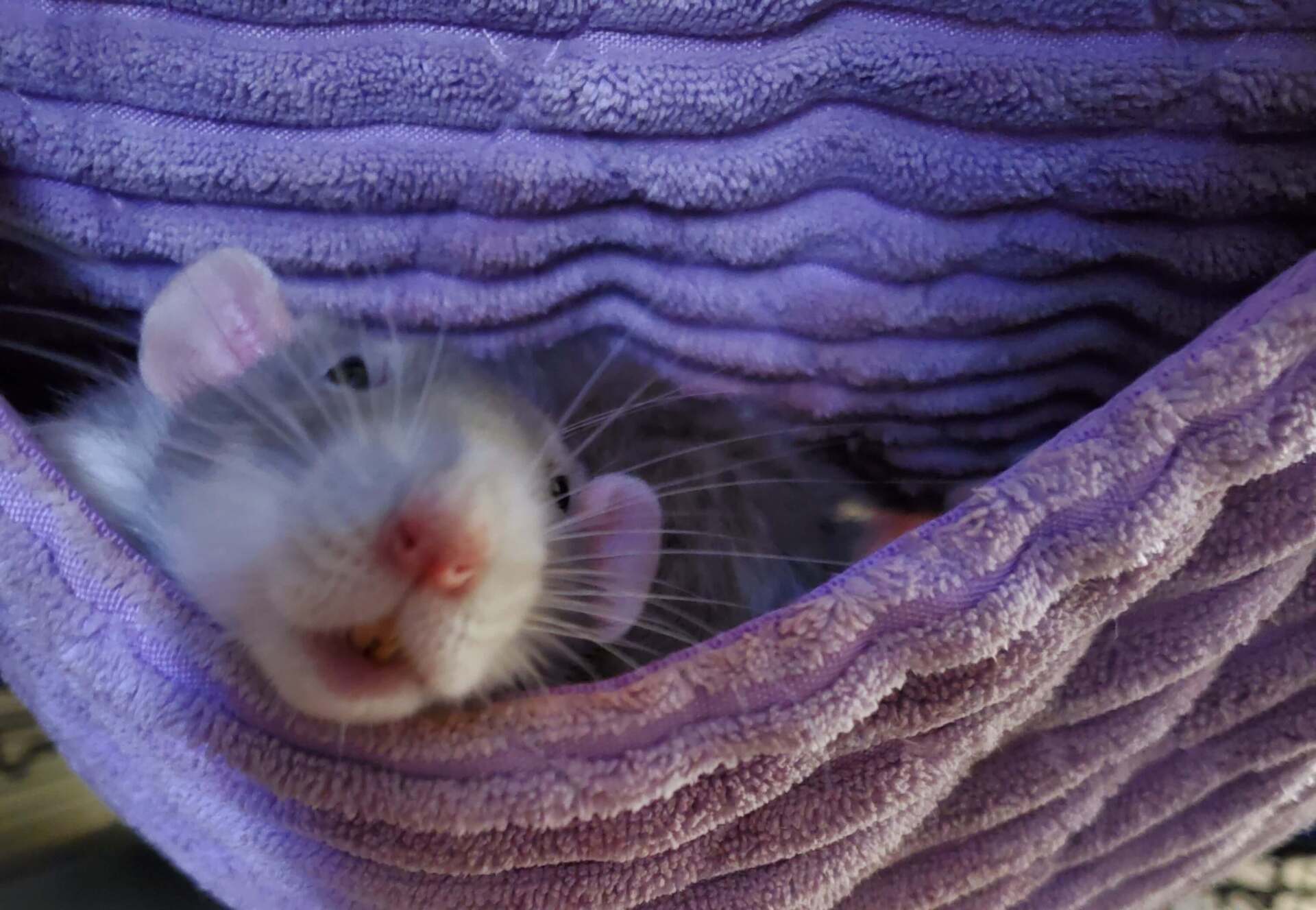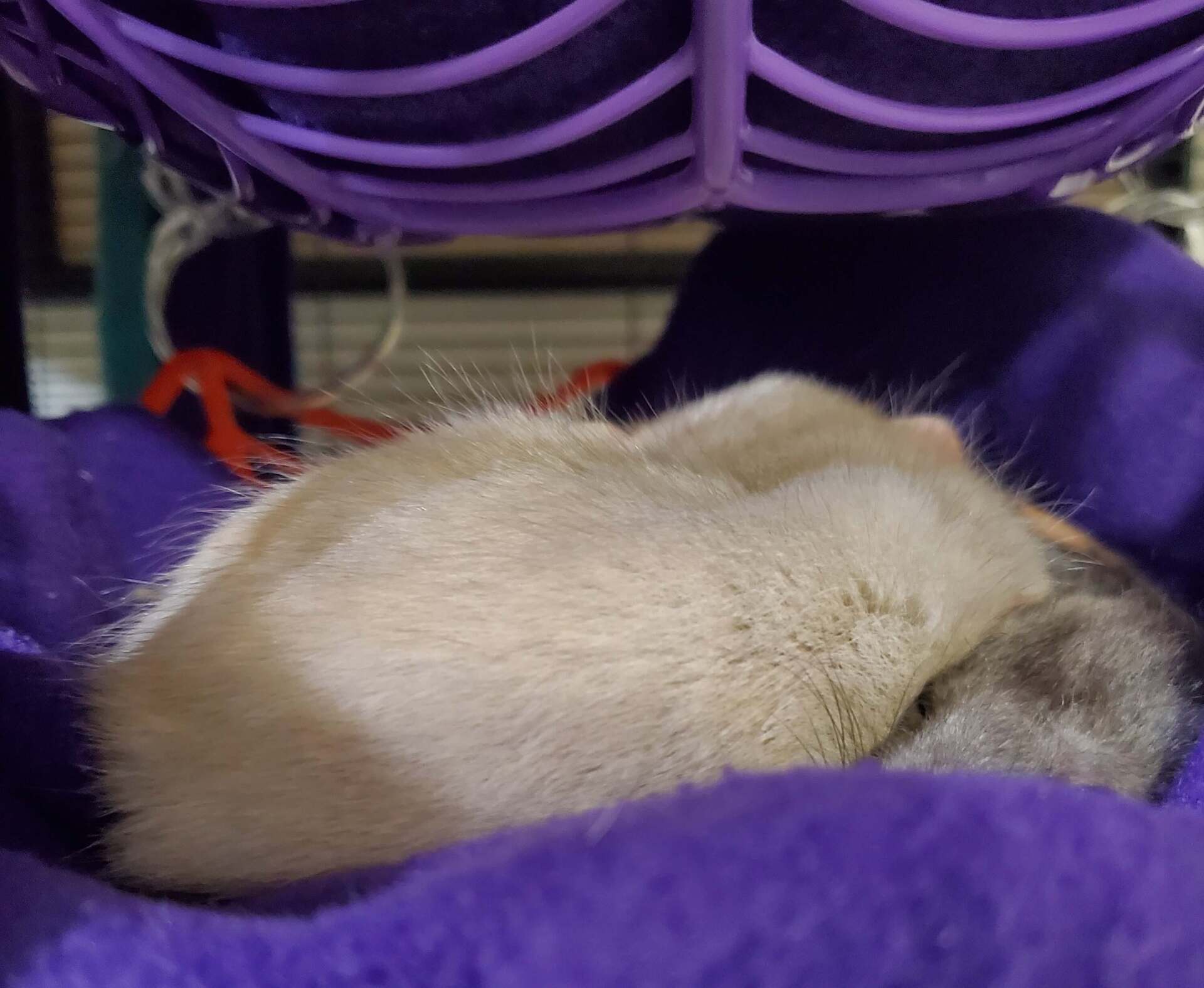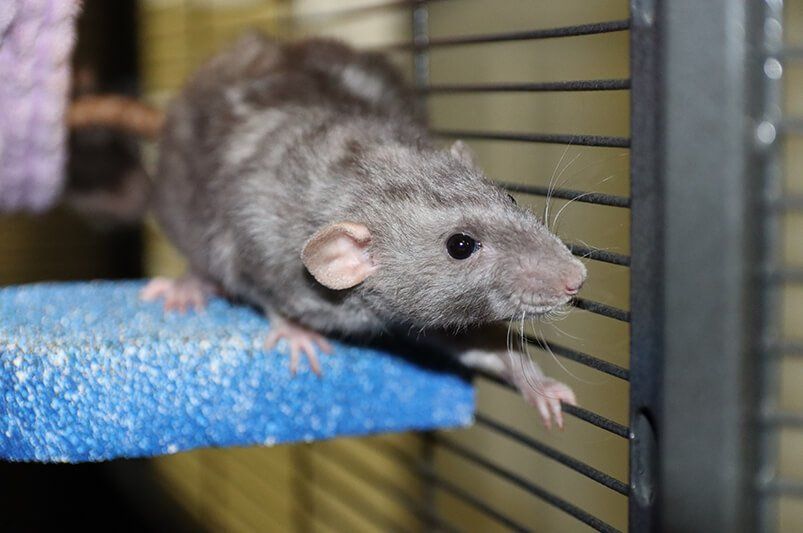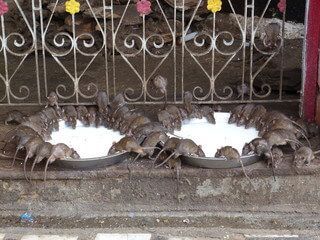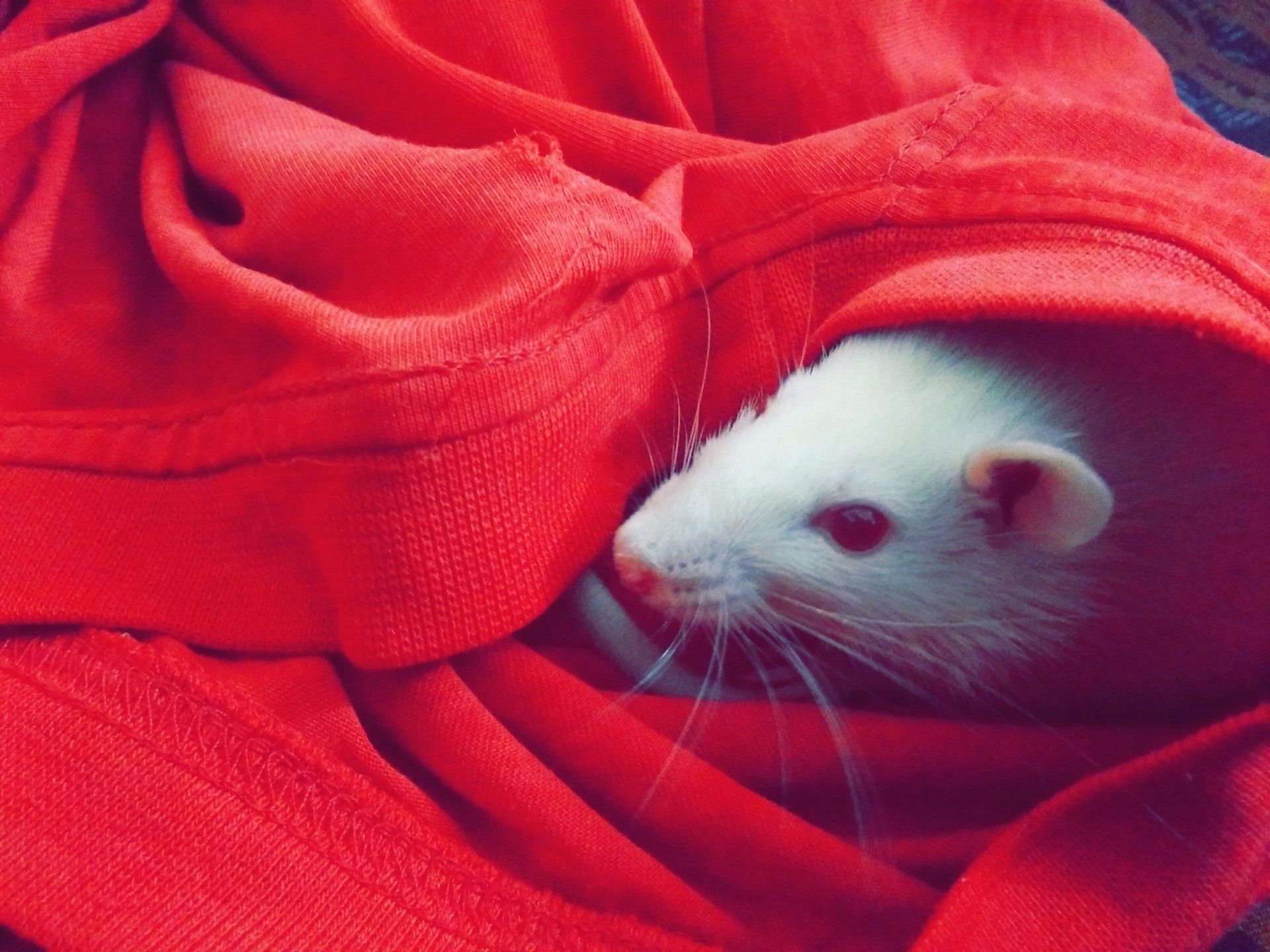How To Estimate A Rat’s Age When You’re Unsure
This post contains affiliate links and I will be compensated if you make a purchase after clicking on my links.
How To Estimate A Rat's Age When You're Unsure
For those who have gotten rats as babies from a breeder, you should know the exact age of your rats. But what if you adopt a rat of unknown origins? We will give you all the information you need to help determine that rat’s age.
Since rats age so quickly, it can be hard to know their exact age without knowing the rat’s birth date. However, by observing their teeth color, size, and coat condition, we can estimate whether they are in an early or late stage of life.
Having a good idea of the age of your pet rat is important, as rats of different stages of life have different requirements. Knowing where your rat is at in its life cycle will help you in knowing how to give your pet the best care possible!
Four Main Ways To Determine A Rat's Age
There are four main ways to tell how old a rat is. The color of their teeth, their size, the condition of their coat, and their energy levels, when looked at in conjunction, can give you a good estimate of your pet rat’s age.
1. The Color of Their Teeth
Have you ever looked at your rats’ teeth and thought, “Someone needs to see a dentist”? As strange as it looks, rat teeth are naturally yellow, and darken as they age.
While not an exact measurement, orange teeth on a rat will signify older age. For example, an adolescent rat will have paler yellow teeth, but if they are older than a year, they will start to darken and eventually turn orange.
2. Size of the Rat
While this may go without saying, the size of the rat can help you determine their age to a certain point. Female rats tend to grow until around their 7th month, and male rats until their 9th month.
If you notice your rat is still growing, you can measure them weekly and determine the point at which they stop growing in length to know their age. At this point, you can mark the 7th or 9th month depending on if you have a female or male rat.
The average size of the body of a rat is 9 to 11 inches at adulthood!
This method will vary, as different rats grow at different rates depending on genetics and health, but used in conjunction with the other methods will give you a pretty good estimate of your rat’s age.
3. Coat of the Rat
If the coat of your rat is shiny and smooth looking, they probably have not hit puberty yet. Around the time rats reach puberty, they grow guard hairs that are longer than their baby coat. You’ll notice these if you look closely when the sun hits your rat’s coat, see the picture below for an example!
When rats progress in age, they grow a thicker, longer coat and don’t look quite as sleek as their baby selves. If you notice this thicker coat, your rat is likely over a year.
As long as the rat is healthy otherwise, if they start going bald in spots and have a dull coat, you can be fairly certain you have an elderly rat, likely over three years old.
4. Energy Levels
If you’ve ever owned baby rats and elderly rats, you will be able to tell the difference easily by energy level. While rats can be energetic into their golden years, in most rats the energy level dips as they get older.
I noticed with our rats the baby like playfulness leveled out at about six months of age. While they still play, it isn’t with the same level of zest that babies have.
Saying this, your older rat should have at least some level of life in them. If you notice a drastic drop in energy in your rat, take them to the vet immediately to be sure there aren’t underlying health issues.
Exceptions To The Rule
While these aren’t concrete ways to determine a rat’s exact age, they will help you determine the relative stage of life your rat is in. Here are some things to keep in mind when using the above steps to determine your pet rat’s age:
· Genetics – Genetics can have a huge impact on a rat’s size, their health, and how they behave. If you don’t know your rat’s age, you likely won’t know their genetic background, so keep in mind this may skew the results.
· Health – A sick rat may have low energy and a dull coat, making you think they are an elderly rat. However, they could be under a year!
If a rat looks this way, bring them to the vet to get them a clean bill of health and put them on a proper diet. After a month or so, you will be able to better determine their health by their coat and energy levels.
· Different Coat Types – The big exception here is the hairless rat when trying to determine by coat condition. However, other coat types, like Rex, Double-rex or Satin, can throw off results, as their coats look different than standard coated rats.
· Previous Owner – If you adopted your rat, how they were treated and taken care of prior to you owning them can have a big impact on their current state. The color of their teeth and size especially could be impacted by their prior diet and may have an impact on being able to properly age them.
Why Knowing Your Rat's Age Is Important
While knowing your rat’s age may seem like just a fun thing to know for knowledge’s sake, it can be important to your rat’s health as well.
For example, if you are able to determine that you own a rat who is further along in his years, you can adjust his diet accordingly, and be prepared to offer the medical care he may need sooner than later.
On the other hand, if you find yourself with a younger lone rat, it is important to know their age so you can introduce a same-age, same-sex companion. Younger rats need a same aged companion for proper development.
Knowing your rat’s age also gives you a general idea of how long they are going to be with you, and can help keep you from being blindsided by them going down quickly.
Related Questions
How Long Do Rats Live?
The average lifespan of a fancy rat is 2 years. While they can live longer, due to their rapid aging process, their bodies deteriorate quickly. There are, however, measures to take to help them live the longest, best life they can!
To learn more about the average lifespan of a pet rat, visit The Average Rat Lifespan (And 9 Ways To Extend It).
Do Rats Lose Hair As They Age?
Yes, rats can lose hair as they age. As a rat advances in life, their hair will thin out and sometimes even bald in spots, though they should never completely bald. Along with a bit of hair loss, you will also notice a shabbier look in general. If your rat is completely balding, and they aren’t a coat type that molts, consult a vet, as that is outside the normal.
Final Thoughts
Aging rats can be tricky, as they progress so rapidly through their life. We can only do our best with what we have, and by examining their physiology and psychology come to our best estimate.
Have you tried using any of the methods above to age your pet rats? Share your experiences below!


